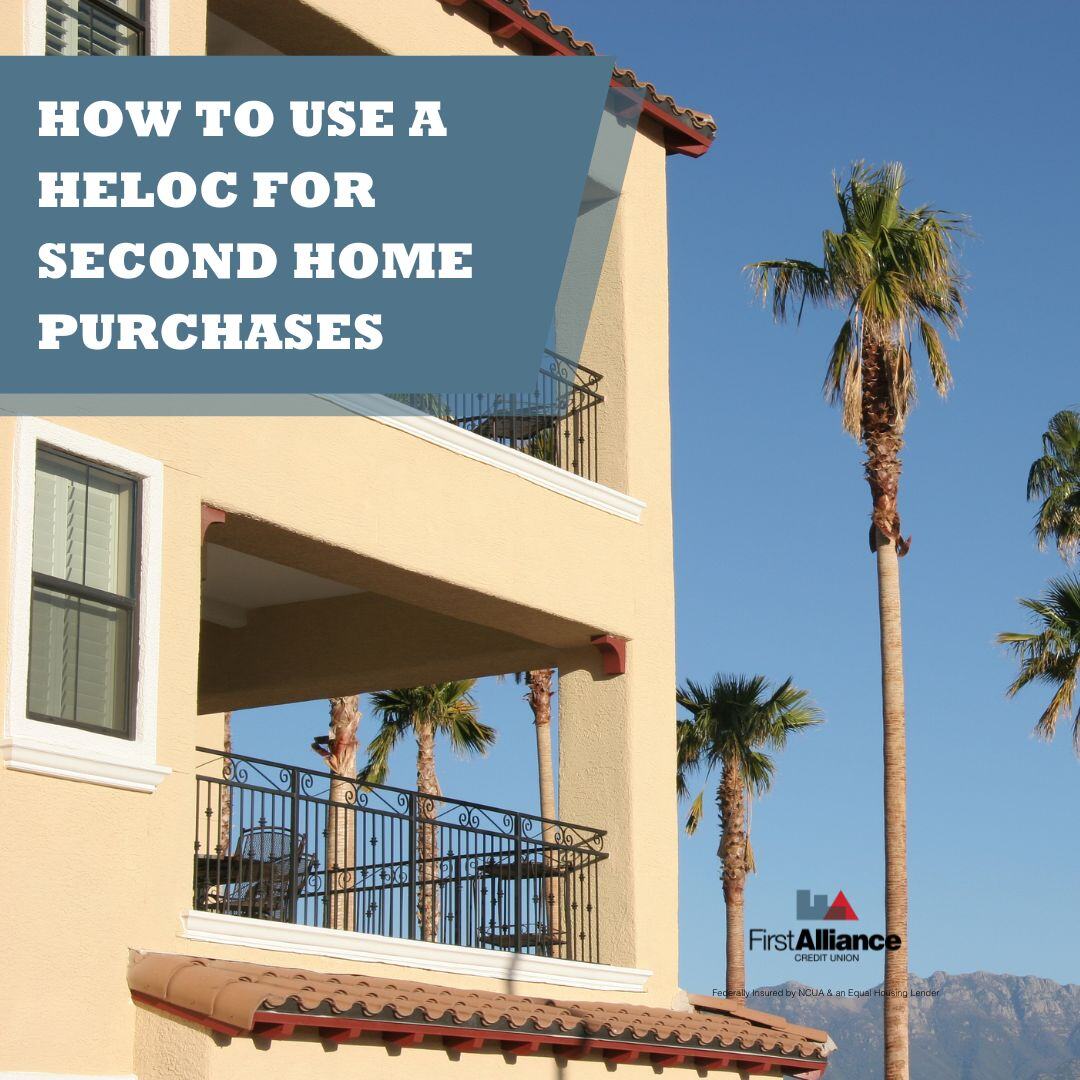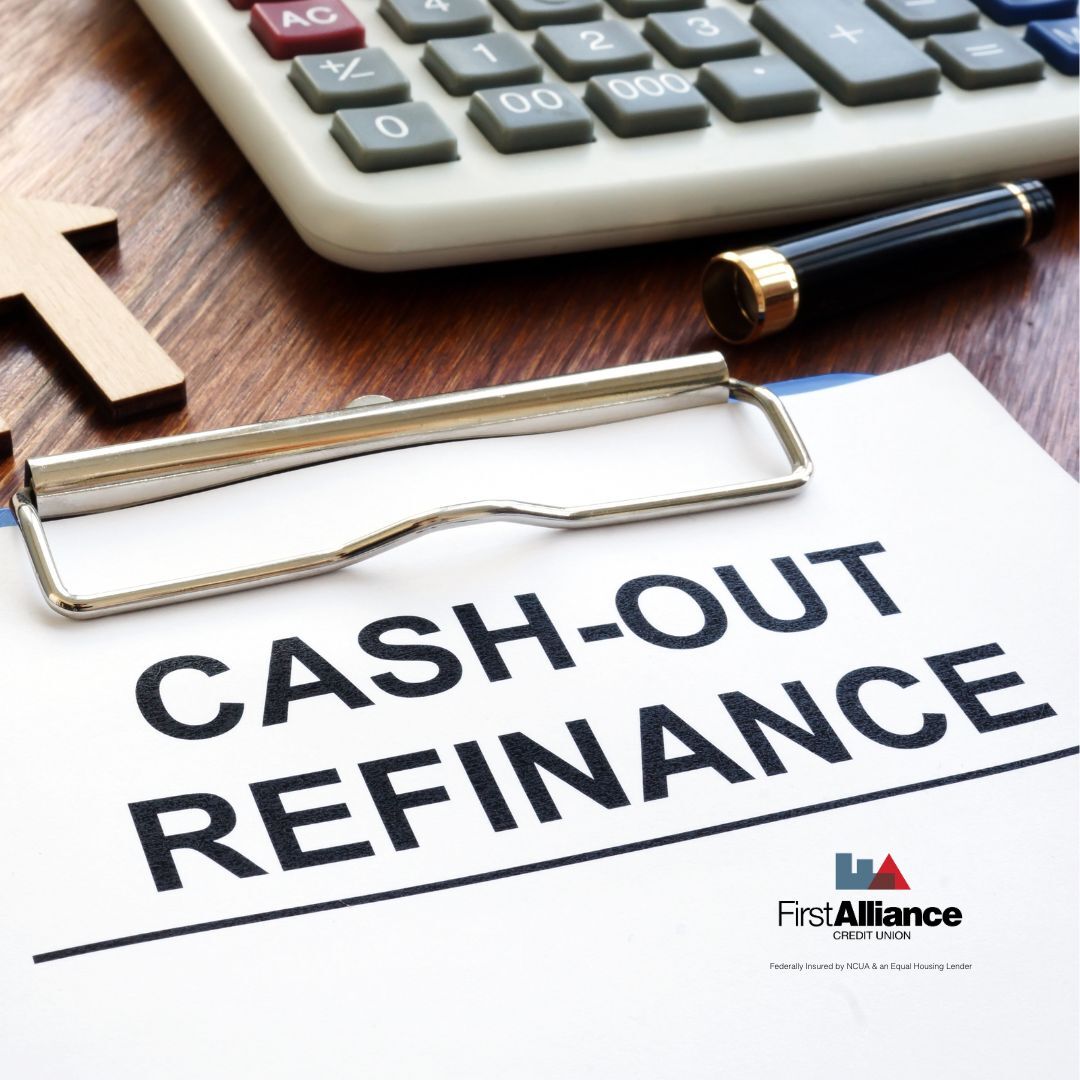3 Things you Must Know About HELOC Payments
If you’re trying to figure out how to fund your home improvement project, you may have heard about a home equity line of credit, or HELOC. If you...
3 min read
 Kamel LoveJoy
:
Jul 23, 2024 5:30:00 AM
Kamel LoveJoy
:
Jul 23, 2024 5:30:00 AM

If you're new to the world of home financing and have built some equity in your home, you might be considering a Home Equity Line of Credit (HELOC) as a way to leverage your homes value. This guide breaks down HELOC interest rates in a simple, friendly, and helpful manner, perfect for those who have about 15 years left on their mortgage and are looking for financial flexibility.
A Home Equity Line of Credit (HELOC) allows you to borrow money against the equity in your home. Think of it like a credit card that uses your house as collateral. You can borrow up to a certain limit, pay it back, and borrow again as needed during the draw period.
Home equity lines of credit typically involve variable rather than fixed interest rates. This means the interest rate can change over time, typically in line with the prime rate, which is influenced by the Federal Reserve's monetary policy. As the prime rate goes up or down, so does your HELOC interest rate.
For example:
Current HELOC Rates are often linked to the U.S. prime rate. If the prime rate is 6.25%, and your lender adds a margin of 1%, your HELOC interest rate will be 7.25%.
Best HELOC Rates can vary by lender and often feature competitive introductory rates to attract borrowers.
HELOC rates fluctuate for a couple of reasons:
Federal Reserve Decisions: The Federal Reserve adjusts the federal funds rate to manage inflation and economic growth, which in turn affects the prime rate and subsequently HELOC rates.
Lender Policies: Sometimes lenders offer especially attractive rates to draw in new customers. Shopping around can help you find the best deals.
Even though rates are high, HELOCs usually have lower interest rates compared to unsecured personal loans, which can average around 12.35%. If you're planning to finance a renovation, a HELOC could be a more cost-effective option than a home improvement loan. Plus, it can save you from the complexities of a cash-out refinance, which might involve higher mortgage rates.
While most HELOCs have variable rates, some lenders offer fixed-rate options:
Variable HELOC Rates adjust with the prime rate, so your monthly payments can fluctuate.
Fixed HELOC Rates remain constant, offering stability in your monthly payments but usually at a higher initial rate.
HELOCs typically have two phases:
Draw Period: This lasts 5 to 10 years, during which you can borrow and repay multiple times. Payments during this period are often interest-only.
Repayment Period: This phase can last up to 20 years. You'll pay back both the principal and interest, which means your monthly payments will likely increase.
For instance, if you have a $20,000 HELOC at a prime plus 1% rate (7.25%), your interest-only payments during the draw period would be around $120.83 per month. If the prime rate rises to 9%, your payments could increase to $166.67 per month.
There are advantages and disadvantages of a home equity line of credit. You should considered these factors before you decide if it is right for you:
Pros:
Flexibility: Borrow only what you need, when you need it.
Lower Rates: Generally lower than credit cards and personal loans.
Tax Benefits: In some cases, interest paid on a HELOC may be tax-deductible.
Cons:
Variable Rates: Payments can increase unexpectedly.
Risk of Foreclosure: Your home is collateral, so failure to repay can lead to foreclosure.

Understand the Terms: Be aware of any minimum draw requirements, fees, and early payoff penalties.
Make Principal Payments: While interest-only payments are tempting, paying down the principal can save money in the long run.
Monitor Interest Rates: Stay informed about the prime rate and potential changes.
HELOC rates vary by lender and depend on factors like your credit score, existing debt, and the amount you wish to borrow. Most rates are indexed to the prime rate, plus a margin set by the lender. For example, if the prime rate is 8.5% and the lender adds a 1.5% margin, your rate would be 10%.
Understanding HELOC interest rates is crucial for making informed financial decisions. Whether you're looking to fund a home improvement project, consolidate debt, or simply need a financial cushion, knowing how these rates work and what influences them can help you make the best choice for your situation. Consult with a First Alliance Credit Union advisor to ensure a HELOC is the right fit for your financial goals.

If you’re trying to figure out how to fund your home improvement project, you may have heard about a home equity line of credit, or HELOC. If you...

For many young adults, the idea of buying a second home or investing in property is a good idea but might seem out of reach. However, a Home Equity...
